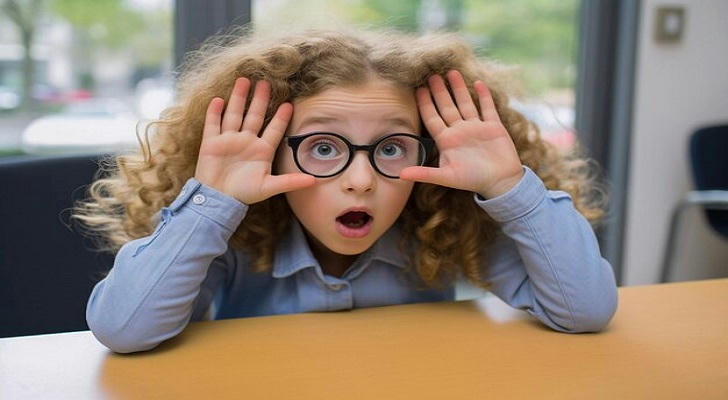The Myopia Epidemic: What Parents Need to Know to Protect Their Child's Vision

As a parent, there's nothing more precious than your child's health and well-being. But did you know that a growing epidemic is threatening the vision of millions of children worldwide? Myopia, or nearsightedness, is a silent but pervasive condition that can have a profound impact on a child's quality of life. The good news is that with the right knowledge and strategies, you can help prevent and control myopia in your child, giving them the gift of clear vision for life. In this comprehensive guide, we'll explore the causes and risk factors of myopia, the latest treatments and technologies, and the simple yet effective ways to protect your child's eyesight for the future.
Causes and Risk Factors of Myopia
Myopia, or nearsightedness, is a common vision problem that affects millions of children worldwide. It occurs when the shape of the cornea or lens of the eye is not perfect, causing close objects to be seen clearly but distant objects to appear blurry. Myopia can be caused by a combination of genetic and environmental factors, including prolonged near work, lack of outdoor activities, and poor eye care habits.
- Genetics: Children with a family history of myopia are more likely to develop the condition.
- Prolonged near work: Activities such as reading, writing, and screen time can contribute to the development of myopia.
- Lack of outdoor activities: Spending less time outdoors and more time indoors can increase the risk of myopia.
- Poor eye care habits: Not getting regular eye exams and not following proper eye care habits can contribute to the development of myopia.
Prevention and Control of Myopia
- Orthokeratology (OK): OK is a non-surgical procedure that uses a specialized contact lens to reshape the cornea while the child sleeps. This can help to slow down the progression of myopia.
- Atropine therapy: Atropine is a medication that can be used to slow down the progression of myopia. It works by relaxing the muscles in the eye and reducing the amount of near work that the eye has to do.
- Outdoor activities: Spending more time outdoors and engaging in activities that promote distance vision can help to reduce the risk of myopia.
- Good eye care habits: Getting regular eye exams and following proper eye care habits can help to prevent and control myopia.

Types of Glasses that Can Help to Control Myopia
- Orthokeratology (OK) glasses: OK glasses are specialized glasses that are designed to work with the OK procedure. They are worn at night and can help to slow down the progression of myopia.
- Myopia control glasses: Myopia control glasses are specialized glasses that are designed to help control the progression of myopia. They can be worn during the day and can help to reduce the amount of near work that the eye has to do.
- Myopia Defocus Lenses: Myopia defocus lenses, also known as Defocus Incorporated Multiple Segments (DIMS) lenses, are designed to slow down the progression of myopia in children. The principle behind these lenses is to create a peripheral myopic defocus, which means that the peripheral part of the lens is designed to be slightly nearsighted, while the central part is corrected for the child's prescription
The effect of these lenses is to reduce the progression of myopia by creating a myopic defocus in the peripheral retina, which slows down the elongation of the eyeball
- Diffusion Optics Technology (DOT): Diffusion Optics Technology (DOT) is a novel approach to myopia management that uses light diffusion to reduce contrast and slow down the progression of myopia. The principle behind DOT is to scatter light in a way that reduces the relative activity difference between L and M cones in the retina, which is thought to contribute to the development of myopia.
The effect of DOT lenses is to slow down the progression of myopia by reducing the contrast and relative activity difference between L and M cones in the retina.
Some mature product brands that use myopia defocus lenses and Diffusion Optics Technology (DOT)
- MiYOSMART: Uses Defocus Incorporated Multiple Segments (DIMS) technology to slow down the progression of myopia .
- Stellest: Uses Highly Aspheric Lenslet Target (HALT) technology to create a peripheral myopic defocus and slow down the progression of myopia.
- SightGlass: Uses Diffusion Optics Technology (DOT) to reduce contrast and slow down the progression of myopia.
By following these tips and using the right products, parents can help to prevent and control myopia in their children. It's essential to consult with an eye care professional to determine the best course of treatment for your child.
